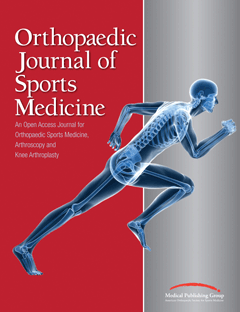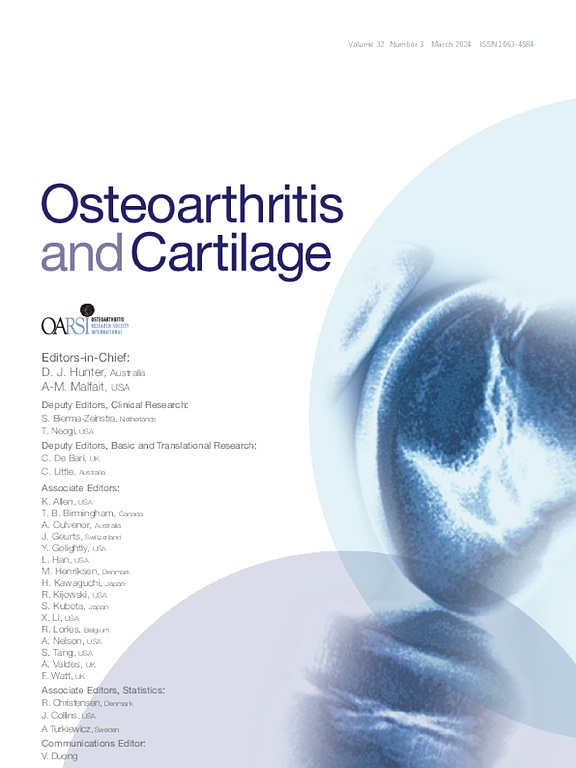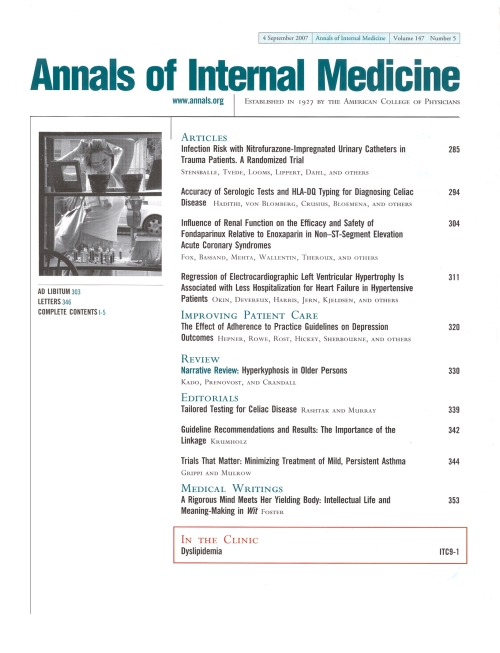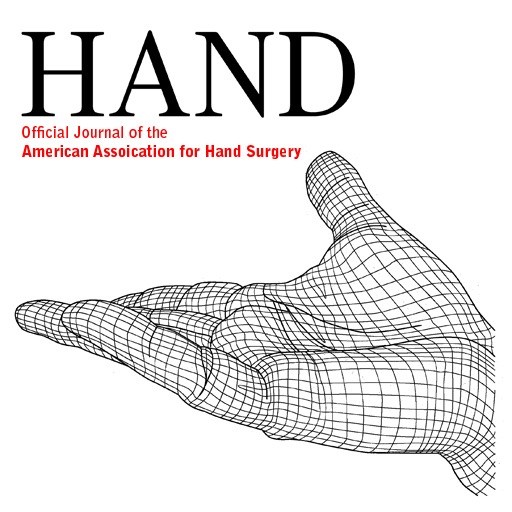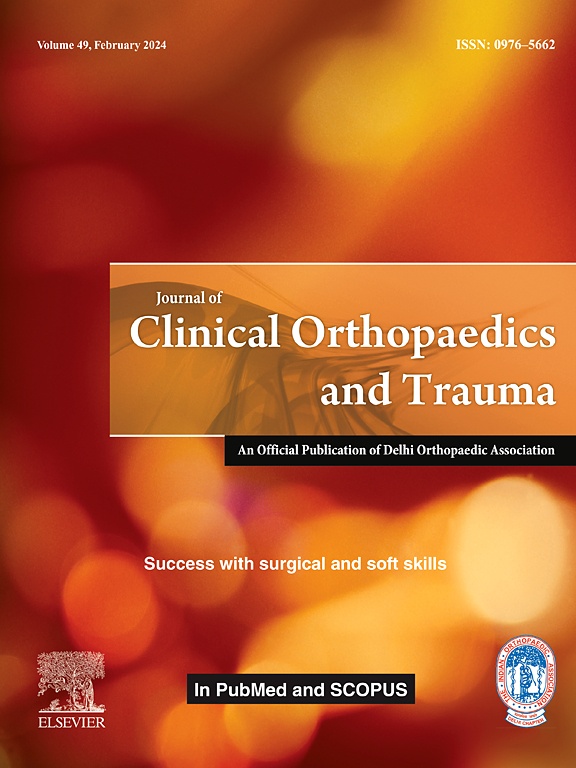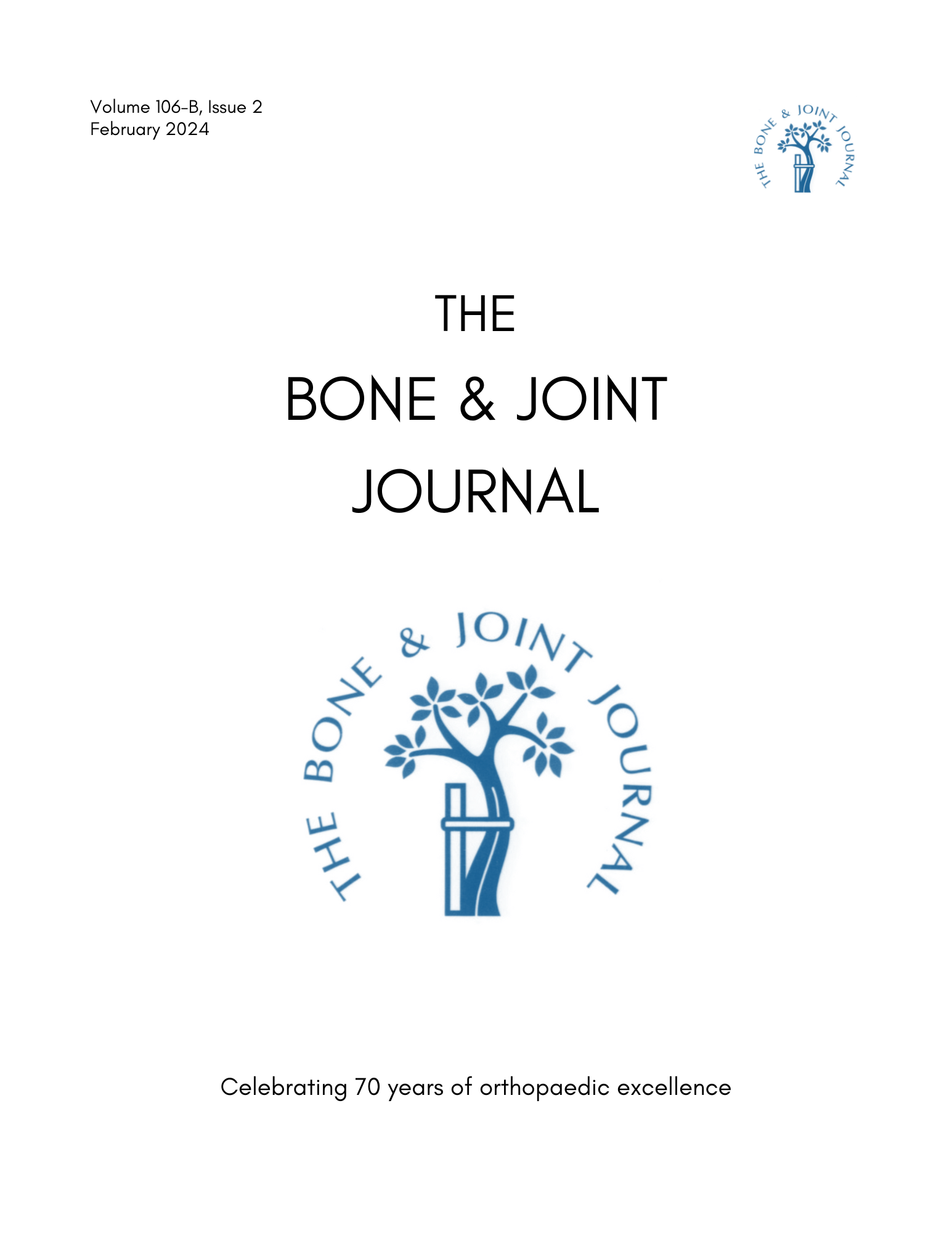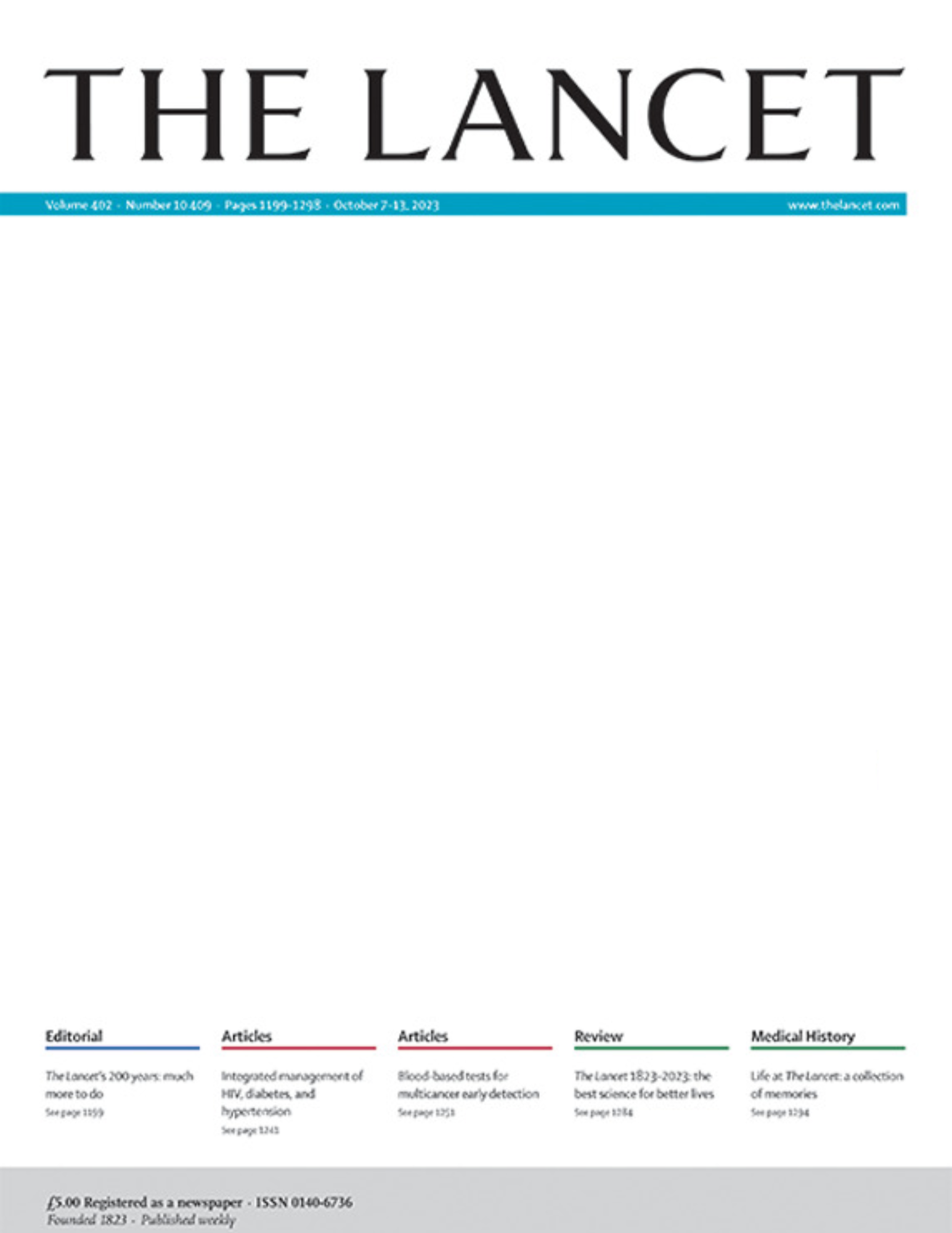PeerView
You are viewing the most viewed ACE Reports by Sports Medicine Specialists over the last 30 days in all specialties.
Displaying
100%
Perioperative Blood Flow Restriction Therapy Program After Anterior Cruciate Ligament Reconstruction
①
Synopsis:
Forty-six patients who sustained an anterior cruciate ligament (ACL) tear and were scheduled for reconstruction were randomized into a group receiving either a blood flow restriction (BFR) therapy program (n=22) or a control group without BFR (n=24).The primary outcome of interest was isometric quadriceps strength at 3 months postoperatively, measured as peak and mean torques during seated leg extension exercises and presented as a ratio of the healthy limb.Secondary outcomes included patient-reported outcomes such as pain, knee function, and physical function, knee range of motion, quadriceps circumference and adverse effects.Outcomes were assessed up to 6 months postoperatively. Overall, the study...
Read More »
Level 1 RCT
①
Synopsis:
This systematic review and meta-analysis included a total of four studies with 605 patients exhibiting degenerative meniscus tears and compares surgical treatment (Arthroscopic Partial Meniscectomy; APM) with non-surgical or sham treatment.Pooled outcomes of interest included knee pain, overall knee function, health-related quality of life, and mental health scores.The pooled results of this analysis showed a small improvement in knee pain at 24 months follow-up for the APM group compared to the non-surgical or sham treatment group. However, there were...
Read More »
Level 1 Meta Analysis
Synopsis:
Two hundred and seven studies with 32959 participants were analyzed in this network meta-analysis.The aim of this study was to compare outpatient treatments for managing acute pain from non-low back musculoskeletal injuries.Results revealed that the treatment with the greatest benefit was using topical nonsteroidal anti-inflammatory agents (NSAIDs).Afterwards, oral NSAIDs were beneficial which was followed by acetiminophen with or without diclofenac.The benefits included relieving pain 1-7 days, as well physical functioning , and symptom relief. Moreover, topical NSAIDs demonstrated increase in treatment satisfaction. Fentanyl and acetaminophen...
Read More »
Meta Analysis
①
Synopsis:
23 randomized controlled trials (2284 patients) comparing open versus endoscopic techniques for carpal tunnel release in patients with carpal tunnel syndrome were included in this systematic review and meta-analysis.A subgroup analysis was also conducted on single- versus dual-portal endoscopic treatment.The primary outcomes of interest included complication and reoperation rates.Secondary outcomes included operative time, the incidence of scar tenderness and pillar pain, normalized satisfaction scale, the incidence of complete or near complete symptom relief, Boston Carpal Tunnel Questionnaire (BCTQ) symptom and function, and time to return to work.All outcomes were similar between the two groups except for time to return to work and incidence of scar tenderness (dual-portal vs open) which all favored the endoscopic group.The incidence of nerve injury was significantly lower in the open-technique group. Overall, the endoscopic...
Read More »
Level 1 Meta Analysis
①
Synopsis:
70 patients with chronic plantar fasciitis were randomized to receive a platelet-rich plasma (PRP) injection (n=35) or a corticosteroid injection (n=35).The primary outcome of interest was pain, as measured on a Visual Analog Scale (VAS) and the American Orthopaedic Foot and Ankle Society (AOFAS) score.Outcomes were assessed at 15 days, and 1, 3, and 6 months post-injection.The results revealed significantly lower VAS pain scores with PRP compared to corticosteroids at 1, 3 and 6 months, and significantly better AOFAS scores at 3 and 6 months.The results of this study suggest that PRP can provide longer-term pain control vs.corticosteroids, particularly in the 3-6 month range. However, the methodological...
Read More »
Level 1 RCT
①
Synopsis:
A total of sixty-one patients with posterolateral tibial plateau fractures (PTPF) were randomized to receive either conventional surgery (n=30) or surgery using personalised 3D printing technology (n=31).The primary outcome of interest was operative time.Secondary outcomes included intraoperative blood loss, intraoperative fluoroscopy shots, radiographic outcomes, functional outcomes, and fracture complications, assessed 12 months postoperatively. Overall, the study...
Read More »
Level 1 RCT
①
Synopsis:
Two hundred and sixteen patients with advanced osteoarthritis scheduled for primary total knee arthroplasty (TKA) were randomized to receive one of three TKA prosthetic designs from the same system: cruciate-retaining (CR; n=72), anterior-stabilized (AS; n=72), or posterior-stabilized (PS; n=72).The primary outcome of interest was the mean score of all five subscales of the Knee injury and Osteoarthritis Outcome Score (KOOS) measured at a two-year follow-up appointment.Secondary outcomes included individual KOOS subscales, Oxford Knee Score, EuroQol five-dimension health questionnaire, EuroQol visual analogue scale, range of motion, and patient satisfaction.Outcomes were assessed up to two years postoperatively.Overall, patients reported similar levels of pain, function, satisfaction, and general health in all three prosthetic design groups. However, the PS...
Read More »
Level 1 RCT
①
Synopsis:
One hundred patients with ankle osteoarthritis were randomly assigned to receive either intra-articular platelet-rich plasma injections (PRP; n=48) or intra-articular placebo injections (n=52).The primary outcome was the patient-reported American Orthopaedic Foot & Ankle Society (AOFAS) score over 52 weeks.Secondary outcomes included various patient-reported measures assessing pain, function, quality of life, and indirect costs over the same period.The adjusted between-group difference for the patient-reported AOFAS score at 52 weeks favored the placebo group by 2 points (95% CI, 25 to 2; P = .31).With regards to secondary outcomes, there were no statistically significant between-group differences observed as was measured at 52 weeks post procedure. Overall, this indicates...
Read More »
Level 1 RCT
①
Synopsis:
347 patients with acute non-specific low back and neck pain were randomized to receive guideline-recommended care with either a judicious short-course opioid analgesic regimen (n=174) or a placebo (n=173).The primary outcome of interest was pain intensity at 6 weeks measured using the Brief Pain Inventory (BPI) Pain Severity subscale.Secondary outcomes included BPI-pain severity at 2, 4, 12, 26, and 52 weeks, BPI physical functioning, Roland-Morris Disability Questionnaire (RMDQ), Neck Disability Index (NDI), Short Form-12 (SF-12) physical and mental scores, global perceived effect scale, incidence of serious and non-serious adverse events, risk of opioid misuse, concomitant medication use, resource consumption, compliance, and total hours off paid work.There were no significant differences between the opioid analgesic and placebo groups in pain intensity at 6 weeks and all other time points, except at 52 weeks, which showed significantly better pain scores in the placebo group.The risk of opioid misuse at 52 weeks was significantly higher in the opioid analgesic group. SF-12 mental scores at weeks 6 and 12 showed significantly better outcomes in the placebo group, whereas RMDQ scores at 6 weeks were significantly better in the placebo group. All other secondary...
Read More »
Level 1 RCT
②
Synopsis:
59 patients (>18 years of age) who were diagnosed with mallet finger (with or without fracture) and who had undergone continuous splint/cast immobilization and hyper-extension intervention (6-8 weeks), were randomly assigned into 1 of 2 treatment groups to determine the effect of an additional one month of night splinting on extensor lag.Participants either received an additional one month intervention with a night splint following their continuous splinting period or received no additional intervention (control). Results from the...
Read More »
Author verified Level 2 RCT




 LOGIN
LOGIN


